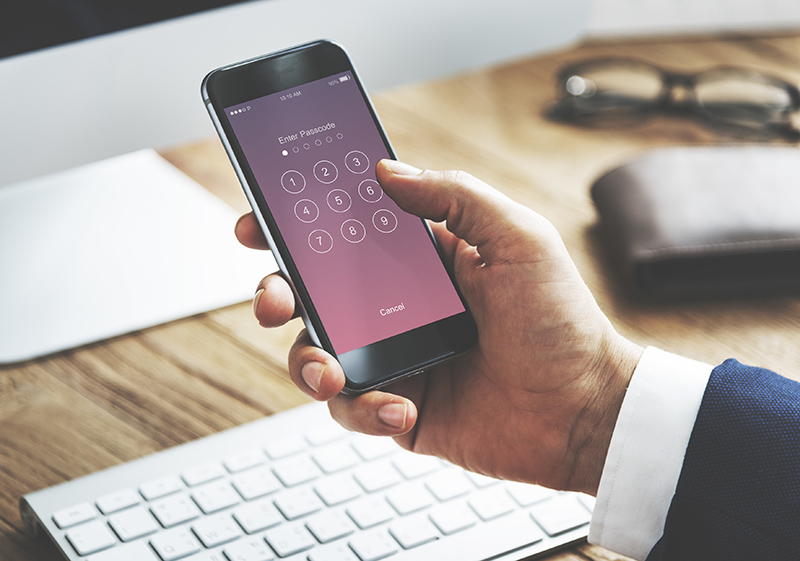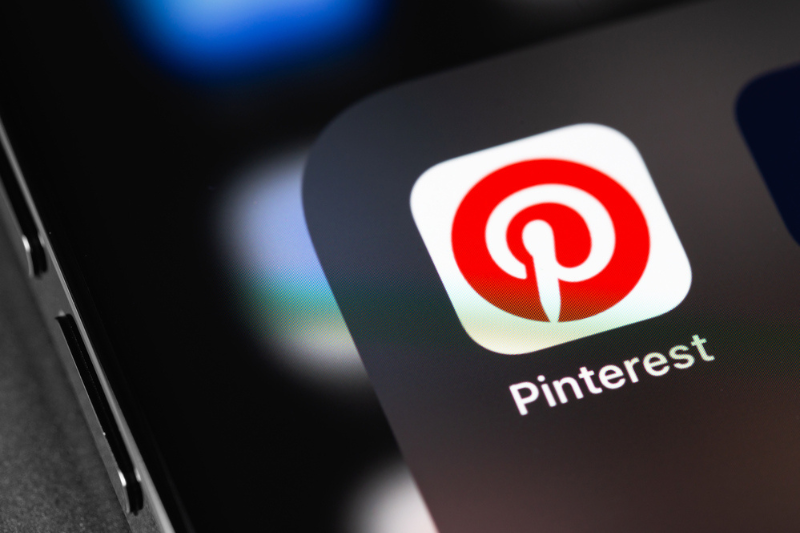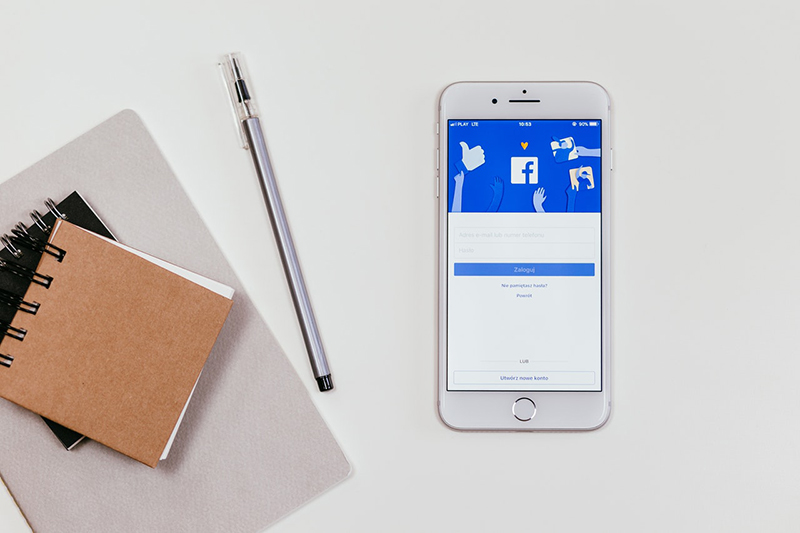
Did you know that every 39 seconds, a new security breach happens on the Internet? Security protocols and practices aren’t the most captivating parts of the marketing business. Nonetheless, it’s more than necessary in this digital world. Having a set of rules in place might be what saves your brand and its sensitive data from vicious cyber-attacks. No matter whether you’re a small business owner or a prominent brand, you need to know what dangers you’re facing online. Here are four simple procedures you can adopt right now to keep your business safe.
Frame Social Media Policy
To make sure every team member plays by the rules, you have to frame social media policy. Those are guidelines on responsible and secure social media use. Most people think the policy focuses on security threats. However, it prevents potential legal issues and conflicts too. While the set isn’t set in stone, there are still some points you must cover by the policy. For example, password and social media management. Aside from this, you should appoint someone in charge of updating devices and software regularly. You can revise the guidelines as often as you need to and train your team how to recognize scams and phishing attempts.
Restrict Access to Accounts
As a marketing team, you deal with various social media networks every day. Every one of them requires at least one active account and multiple people to run it. This practice may speed up your marketing efforts, but it can easily cause you trouble. Not everyone needs access to client’s accounts. The password might get compromised as well as the data shared and received online. Security officers advise limiting access to such large accounts to only a few relevant team members. Your assistants or social media managers have to be properly trained on your security measures and protocols. If others need access, they can submit post drafts for approval to an employee of trust.
Protect Confidential Data
Customers like to reach out to brands on social media since it’s the most direct communication way. However, it’s not the most secure. Hackers can use this opportunity to attack. If you use social media as an open line of communication, then making it safe is a must. In this case, best practice is following a protocol. The protocol should direct the customer to a customer service agent in the safest way possible. You can also educate your customers on social media security. This way, they’ll know how to contact you securely and get the answers they’re looking for.
2FA
Today, most frequently used apps have additional layers of protection, not just social media ones. They’re known as 2FA or two-factor authentication. On most apps, you can turn it on in Settings. The system sends a message to your verified email or mobile device. It usually contains a code the user needs to enter to confirm the identity. Only the user with the code can access the account. It ensures no imposter enters the system and exploits its data. If the user loses or changes the mobile device, they can make necessary adjustments in the app’s Settings.
Conclusion
Security breaches happen more often than you think. That’s why they’re considered the most prominent dangers in the business world. Contrary to popular opinion, you don’t need much to protect the data and customers. These practices provide a solid foundation which you can upgrade as your business expands.
You may also like:



